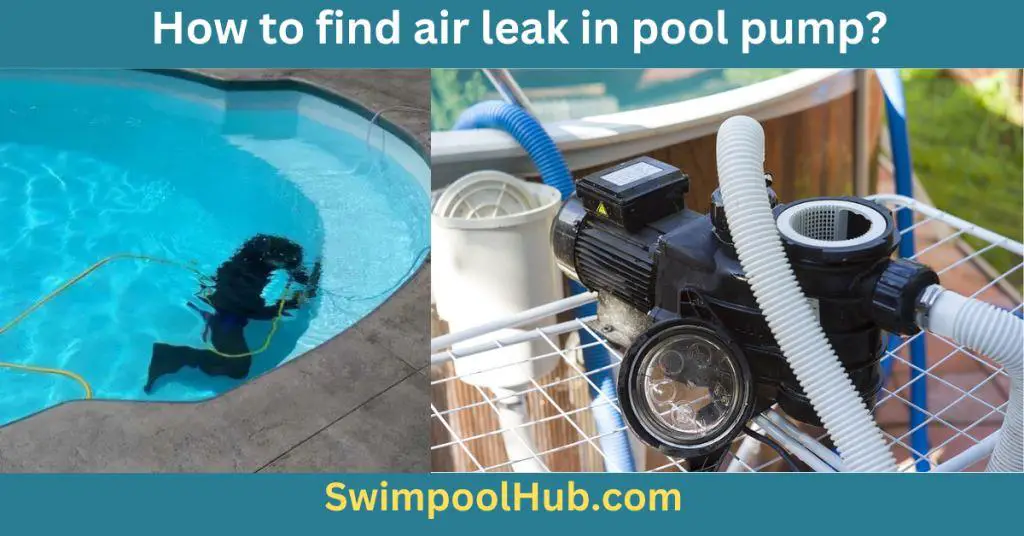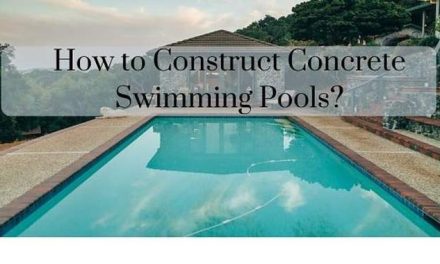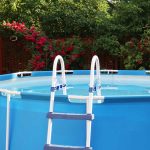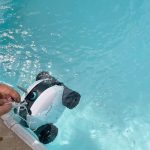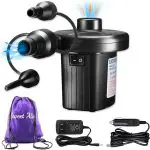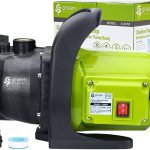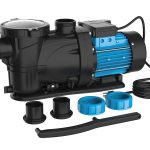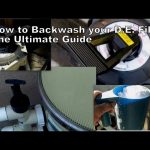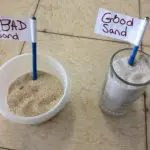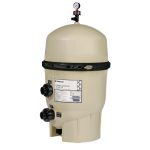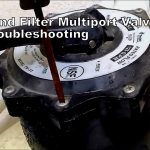Maintaining your pool pump is important for the health of your pool, and one of the most common problems that can occur with a pool pump is an air leak. An air leak in a pool pump can cause improper filtration and circulation throughout your entire system, leading to cloudy water and other potential issues. Fortunately, it doesn’t have to be difficult to find an air leak in a pool pump – all you need are some basic tools and knowledge about how to properly inspect your equipment. In this guide, we’ll take a look at how to find air leak in pool pump and how to fix it.
How to find air leak in pool pump?
1. Checking Your Pump for Signs of Wear:
The first step in finding an air leak in your pool pump is to check the equipment for signs of wear and tear. Inspect the area around the motor, paying close attention to any cracks or other abnormalities that may indicate a problem. If you notice any unusual noises coming from the motor, this can also be an indication of an air leak. Additionally, make sure to check for loose hoses and fittings – these can pose a risk of water leakage as well as air leakage.
2. Inspecting Your Suction Line:
Your suction line is what brings water into your pool pump system. So it’s important to make sure it’s functioning properly at all times. To inspect your suction line for leaks, start by disconnecting it from the pump. Once it’s disconnected, you can use a flashlight to look inside and check for any water seepage. If there is none, then your suction line is likely not leaking air – but if you do see any water coming out of the hose, that could indicate an air leak somewhere in the system.
3. Checking Your O-Rings:
The O-rings on your pool pump are responsible for keeping water and air sealed within the system. To inspect them for signs of wear and tear, begin by removing all of the fittings around them and examining them with a magnifying glass. Look for any cracks or other abnormalities that may indicate a problem. Additionally, inspect the area around the O-rings for any moisture or water seepage – if you see any, you may have an air leak.
4. Inspecting Your Skimmer Line:
The skimmer line is what keeps your pool clean and clear by bringing debris and other foreign objects out of the water. To check for signs of air leakage here, start by disconnecting the line from the pump to look for any bubbles or other irregularities that can indicate a problem.
Additionally, make sure to check all fittings on this part of the system for signs of wear or water seepage that could be caused by an air leak.
5. Testing with a Pressure Gauge:
If you’re still having trouble locating an air leak, you can try using a pressure gauge. You can try using a pressure gauge to help pinpoint the exact source of the issue. Start by disconnecting all hoses and fittings from the pump and then connect a pressure gauge to one end. If the reading on the gauge drops while connected, that indicates an air leak somewhere in the system. You can then use this information to determine where exactly it’s coming from.
How to fix the air leak in pool pump?
Step 1: Find the Leak
- Check all visible connections for air bubbles or water seepage.
- Inspect around the pump’s lid, base, and sides for any signs of air leaks.
- If a large amount of air is being pulled into the pipes, it may indicate a faulty lid seal.
Step 2: Replacing O-Rings and Gaskets
- Replace any worn or cracked gaskets with new ones.
- Remove the old o-ring and replace it with an identical one that fits snugly in its groove.
Step 3: Tighten Up Connections
- Ensure all the bolts and nuts are tightened securely.
- Check all connections for tightness, using a wrench if necessary.
- Make sure to check any compression fittings in the system as well.
Step 4: Replace Damaged Parts
- • If any part of the pump appears damaged, replace it with a new one.
- • Inspect all the valves, hoses, and other components to make sure there is no damage or wear.
Step 5: Test and Monitor
- After you have completed your repairs and replacements, test the pump to see if it is running smoothly.
- Also, monitor it regularly for any signs of further air leaks or other issues in order to prevent future problems.
Final Verdict:
Finding an air leak in your pool pump doesn’t have to be a difficult task – with some basic tools and knowledge about how pumps work, you can easily locate any problems before they become more serious. By inspecting for signs of wear and tear, checking for water seepage around O-rings or suction lines, and testing with a pressure gauge, you can quickly identify the source of any air leakage in your pool pump system. Once you know where the problem is coming from, you can then take steps to fix it.

